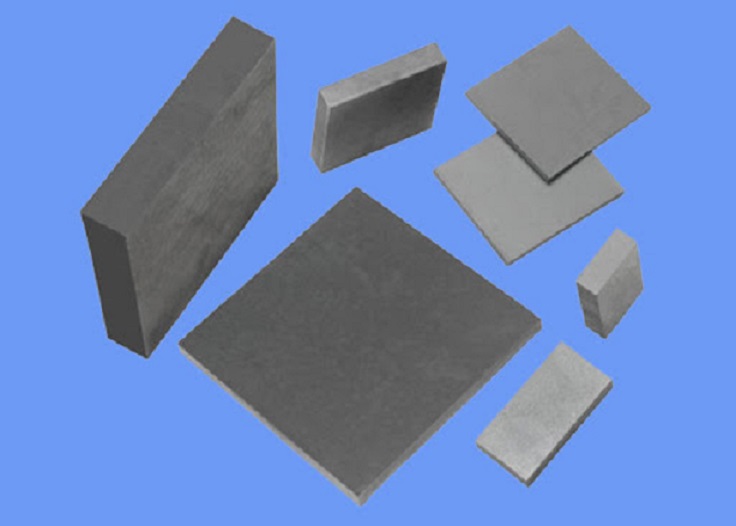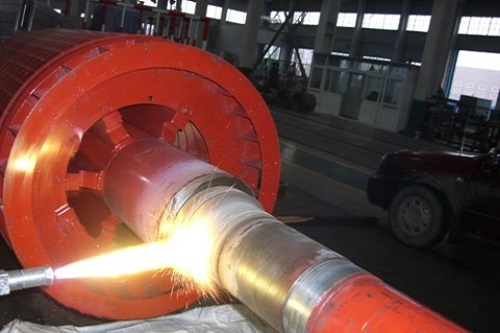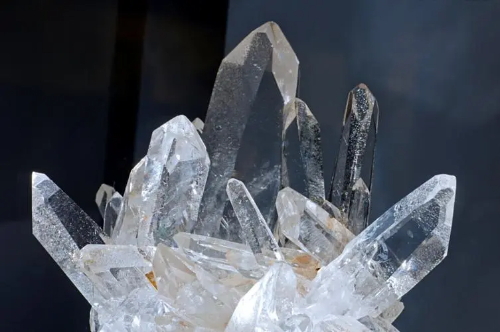Cemented Carbide vs Tungsten Steel
For a long time, many people think that cemented carbide is tungsten steel. In fact, there are certain differences between the two, so in this article, let's take a look at the difference between cemented carbide and tungsten steel.

Cemented Carbide vs Tungsten Steel
Cemented carbide is made of hard compounds of refractory metal and bonding metal through the powder metallurgy process, which is an alloy material with extremely high hardness. It has the characteristics of high hardness, high strength, good toughness, excellent wear resistance, and heat resistance. Thanks to its high hardness and excellent wear resistance, it remains basically unchanged even at a temperature of 500°C, and can still have a high hardness at 1000°C.
Commonly used cemented carbides can be divided into three categories according to their composition and performance characteristics: tungsten-cobalt, tungsten-titanium-cobalt, tungsten-titanium-tantalum (niobium), and the most widely used cemented carbides in production are tungsten-cobalt and tungsten-titanium-cobalt cemented carbides.
Tungsten steel, also known as tungsten-titanium alloy, high-speed steel or tool steel, has a hardness of Vickers 10K, second only to diamond, and refers to a sintered composite material composed of at least one metal carbide. The main advantage of tungsten steel lies in its high hardness and excellent wear resistance. It can still have high hardness even at 1000°C. The grain size of the carbide component is usually between 0.2-10 microns.
Tungsten steel belongs to cemented carbide, but cemented carbide is not necessarily tungsten steel. Generally speaking, tungsten steel is smelted by adding tungsten raw materials into molten steel by steelmaking process, and its tungsten content is generally 15-25%. While the cemented carbide is sintered with cobalt or other bonding metals using powder metallurgy technology with tungsten carbide as the main body, and its tungsten content is generally more than 80%.
Simply put, all alloys with a hardness exceeding HRC65 can be called cemented carbide, so tungsten steel belongs to cemented carbide, but strictly speaking, cemented carbide is not necessarily tungsten steel.
Conclusion
Thank you for reading our article and we hope it can help you to have a better understanding of the difference between the cemented carbide and tungsten steel. If you want to know more about cemented carbide and tungsten steel, we would like to advise you to visit Stanford Advanced Materials (SAM) for more information.
As a worldwide supplier of tungsten products, Stanford Advanced Materials (SAM) has over two decades of experience in the manufacture and sale of tungsten and tungsten steel, offering high-quality tungsten products to meet customers' R&D and production needs. As such, we are confident that SAM will be your favorite tungsten product supplier and business partner.




